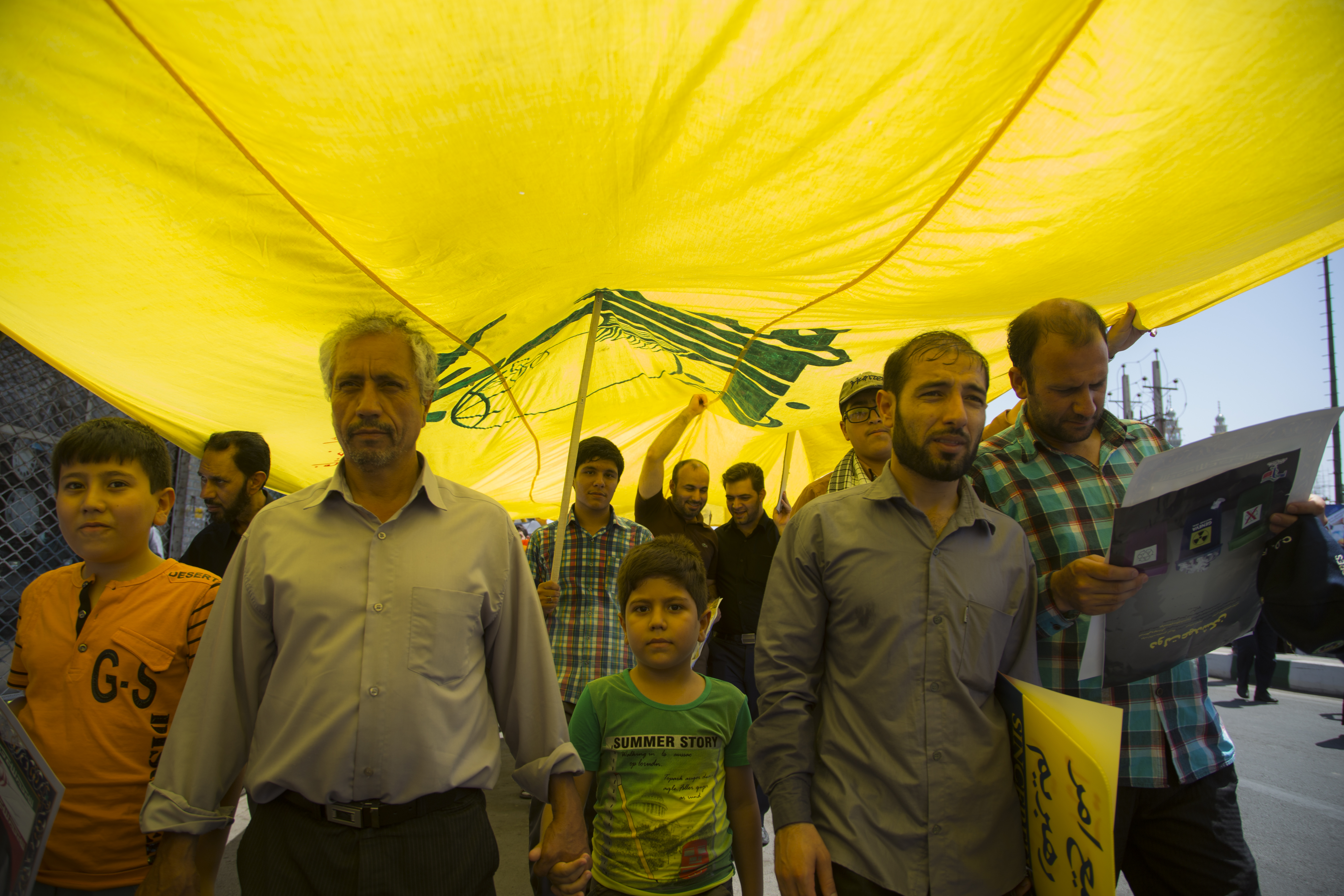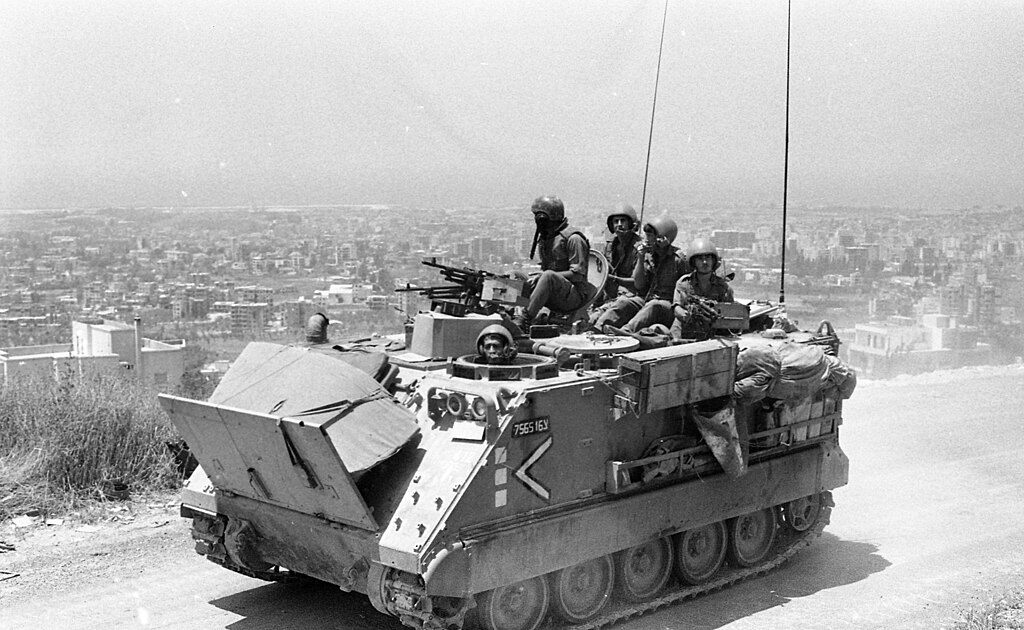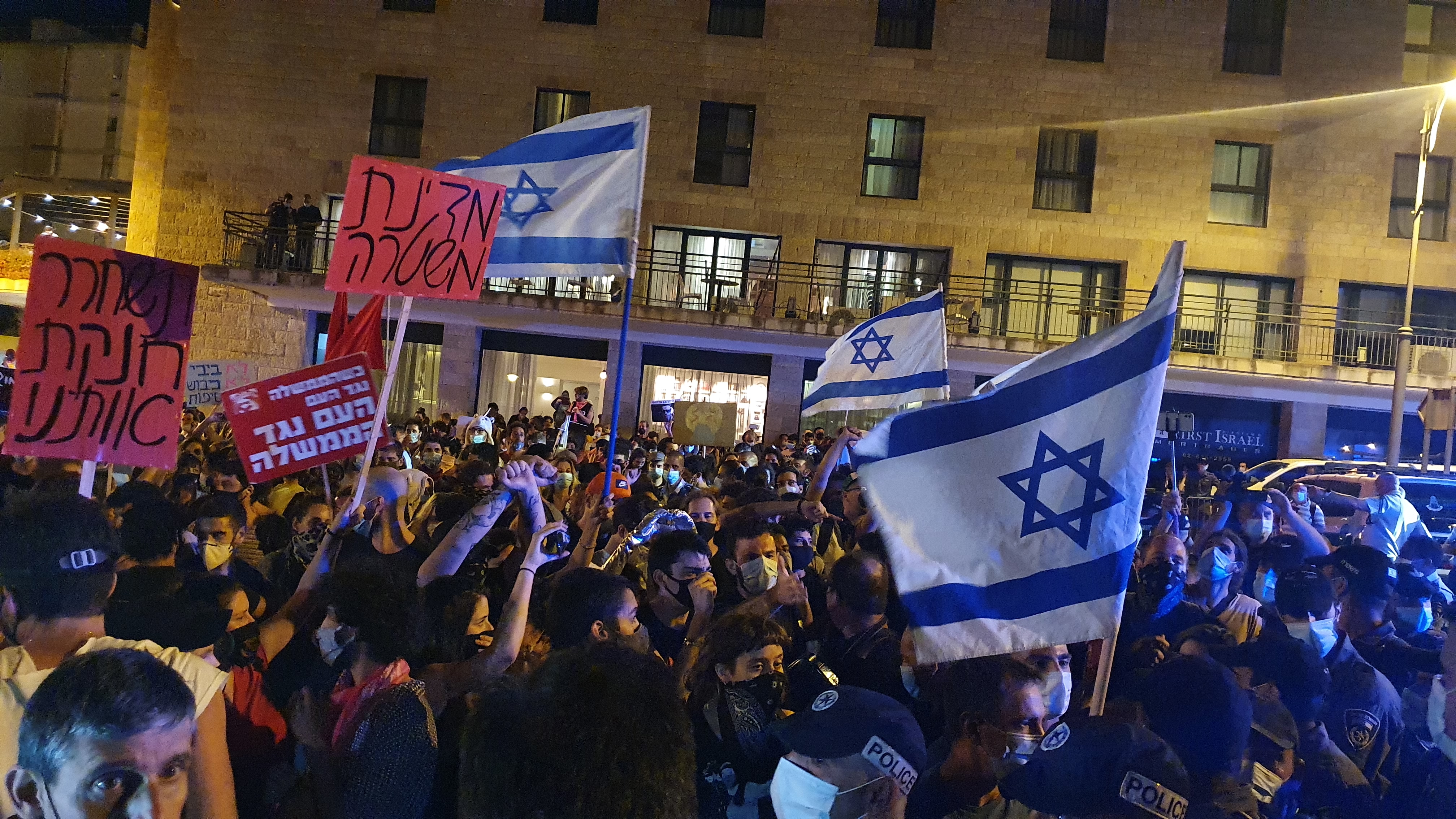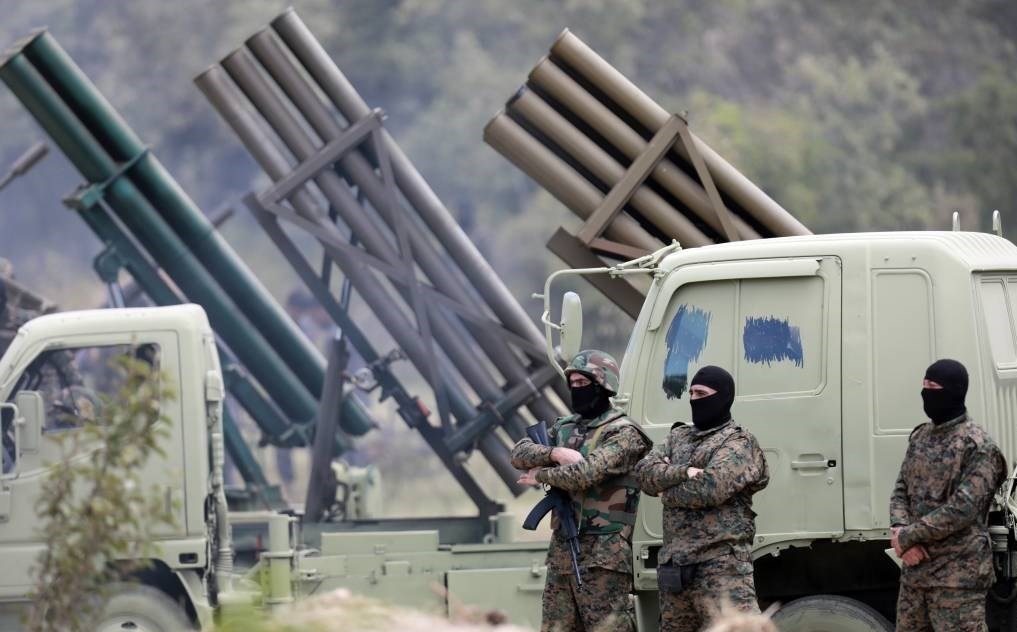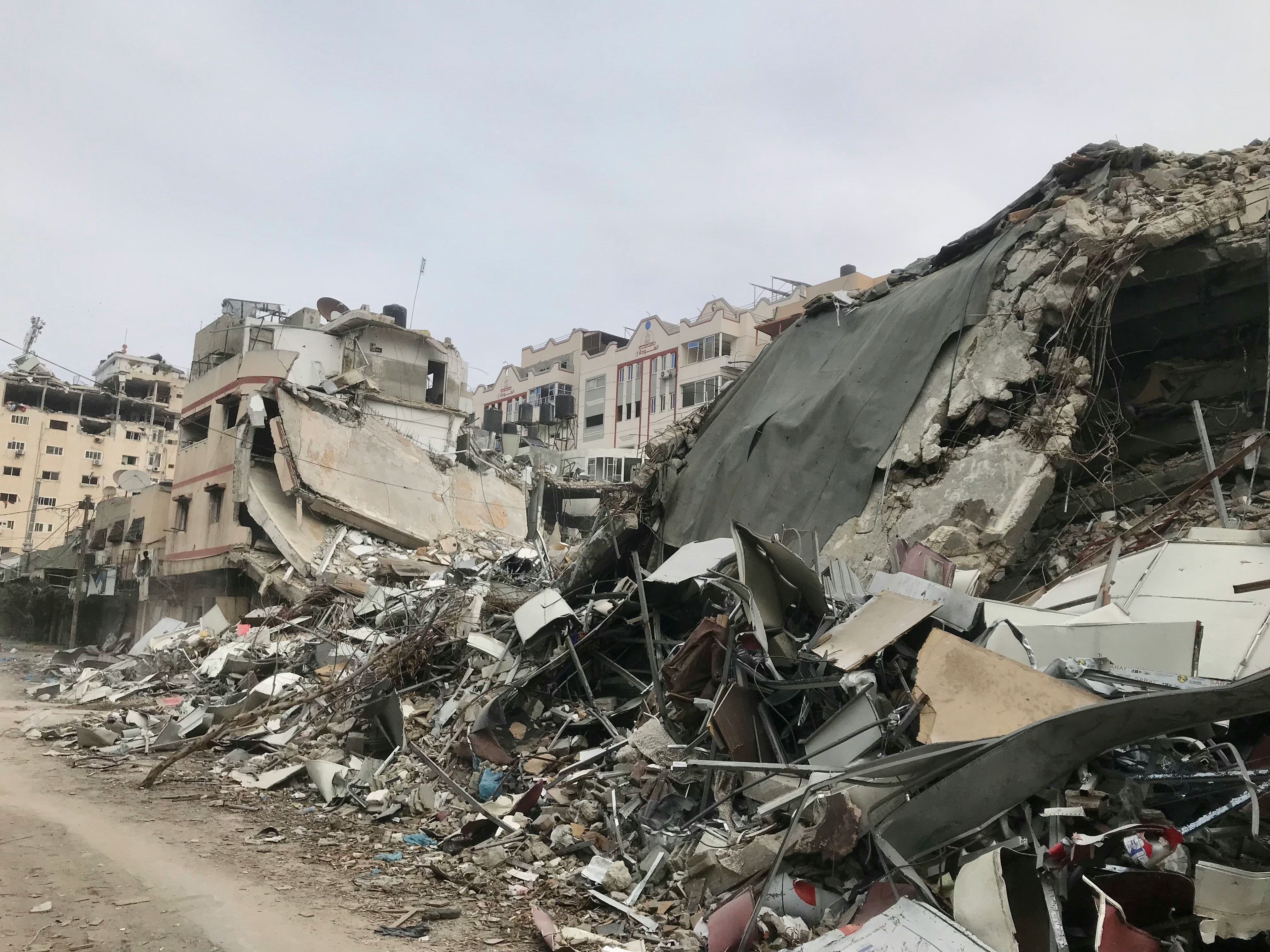Identifying every person killed in the conflict is an extremely difficult process – and vital for understanding what has happened.
 The sheer pace of the killing in Gaza prevents the collection of pristine casualty data in real time. : UNRWA building in Gaza, October 1, 2024, by khalid kwaik via Unsplash https://tinyurl.com/25szbu3a
The sheer pace of the killing in Gaza prevents the collection of pristine casualty data in real time. : UNRWA building in Gaza, October 1, 2024, by khalid kwaik via Unsplash https://tinyurl.com/25szbu3a
Identifying every person killed in the conflict is an extremely difficult process – and vital for understanding what has happened.
Colossal human carnage underpins the simple graphics here. One can attempt to fathom the grief and suffering of some of the individuals who lie beneath the illustrations, and their survivors. But the human imagination falls short.
The NGO Every Casualty Counts works to ensure that “every life lost to armed conflict is promptly recorded, correctly identified, and publicly acknowledged”.
From this perspective, we can take at least some measure of comfort from the tremendous efforts made to name one-by-one the individuals killed in the war.
The Israelis have prepared lists of civilians, soldiers and police officers and tried to tell a story about each one.
The Gaza Ministry of Health (MoH) has released six lists of Gazans killed, with their names, ages, sexes and ID numbers.
The Lebanese health ministry has not followed the example of the Gaza MoH in sharing detailed lists of the dead. They have only been releasing numbers. As the rate of people killed in conflict continues to rise, it will become increasingly challenging to keep accurate records.
The sheer pace of the killing in Gaza, including Israeli attacks on hospitals and, by extension the MoH data collectors, prevents the collection of pristine casualty data in real time.
Moreover, the MoH can hardly pause to tell a story about each victim, although other groups have emerged to meet this need. And in recent months, the MoH has substantially improved the quality of its list of the dead and clarified its working methods.
The main question surrounding MoH reporting has long been gaps between the counts of deaths listed individually on the detailed MoH lists and the total numbers of deaths claimed by the MoH for the corresponding time periods.
The MoH list covering deaths between October 7 and March 31 contains roughly 11,000 deaths fewer than the official MoH figure covering the same time period. The MoH managed to cut this gap to around 6,400 as of August 31, but 6,400 is still a very large number that merits close scrutiny.
The gap first appeared in November 2023, when some hospitals were under attack or simply overwhelmed with patients. The MoH now states that during this period it often resorted to just counting up numbers of unidentified dead bodies.
Although the post-November detailed lists have included many vaguely identified individuals (such as individuals with invalid IDs or no recorded ages) the MoH decided to place headcounts of bodies in an entirely separate category that were not included in the detailed lists.
At that point, official MoH death totals became sums of the counts of entries on the detailed lists plus headcounted deaths (the “gap”).
In November the MoH also introduced a publicly available form through which Gazans could report deaths they know about. Submitting such a report triggers a verification process and a check on whether the reported death already appears on the MoH list.
In this way, verified and unlisted deaths became listed deaths, and the MoH could subtract one death from the gap. Contrary to some statements from MoH officials, it appears that they subtract from the gap all verified deaths reported through the form, rather than just those for which victims passed through a hospital.
Further clarification of MoH procedures would be welcome, but my current view is that the official death tolls released by the MoH, currently almost 42,000 Gazans, are below the true number of deaths.
It is hard to say how much lower, but it is easy to ascertain that it has not finished growing.
Dr Michael Spagat is a professor of economics at Royal Holloway University of London. He is the Chair of Every Casualty Counts, and former Chair of Action on Armed Violence. He has written widely on the quantitative analysis of war.
Originally published under Creative Commons by 360info™.





